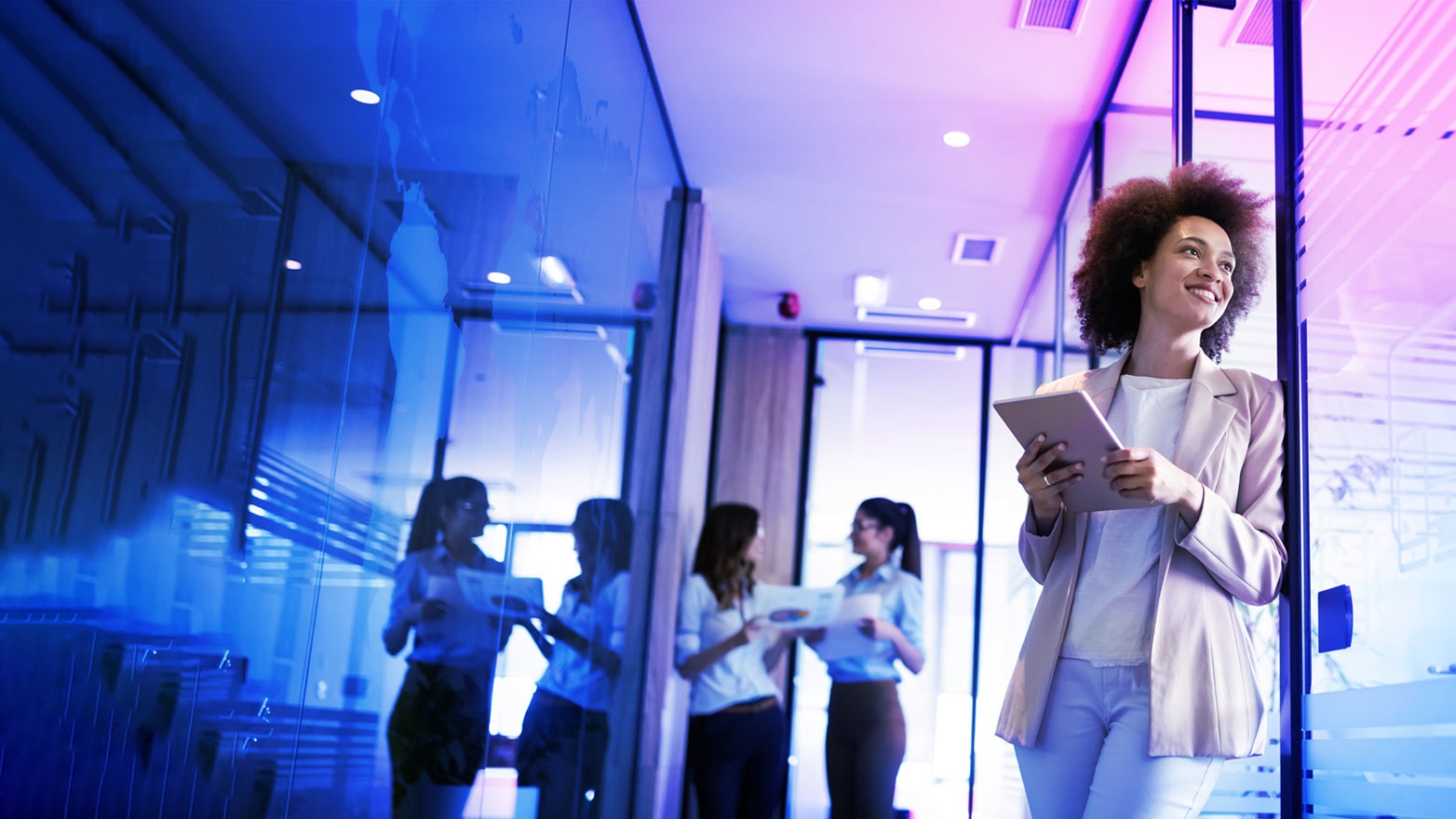In a digital world, in-person innovation still has value
Physical spaces make a meaningful difference in a team’s productivity, focus, engagement, and collaboration.

This report discusses how innovation teams have adapted after the pandemic to research, design, test, and produce in a wide variety and combination of environments, including fully remote, hybrid, through augmented and virtual reality (AR/VR), and/or in the metaverse, depending on participant needs and locations. While all present both advantages and pain points, each space—when used strategically—has driven both tangible and intangible results.
Going forward, innovators will come together in-person for specific reasons, not because it is “the only option” or “the way it has always been done.” However, in many organizations, those reasons have yet to be defined. In this paper, explore how innovative spaces can be created to engage employees and spark new conversations. To transform operations for future competitiveness, innovation leaders now want to know:
- What are the right uses and combinations of different spaces and environments for innovation?
- What parts of the innovation process are more effective in-person?
- When in-person interaction is required, how do we make the most of meeting spaces to maximize people’s time and energy and create desired outcomes?
Dive into our thinking:
In a digital world, in-person innovation still has value
The pandemic permanently altered how business leaders think about the use of in-person locations.
Download PDFExplore more

Serving the digital guest
The rise of XR and the Metaverse in hospitality

The Innovation CFO
Innovation leaders who find common ground with CFOs can help foster a culture of innovation

Shaping your strategy for Web3 and the metaverse
What should your company be doing to explore offerings tied to Web3 and the metaverse?

Start here. Go anywhere.
Wherever you are, we’ll help you go where you never imagined.

Keeping your technology innovation projects on track
Think like an enterprise, act like a startup, invest like a VC
Meet our team


